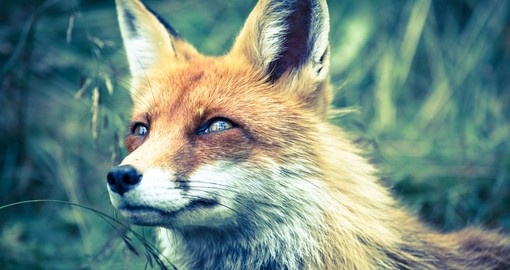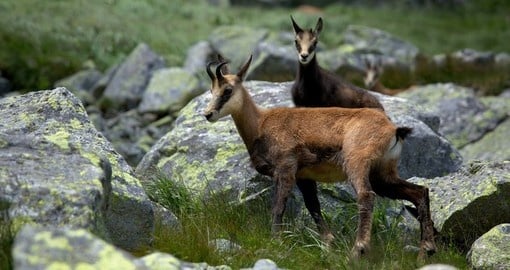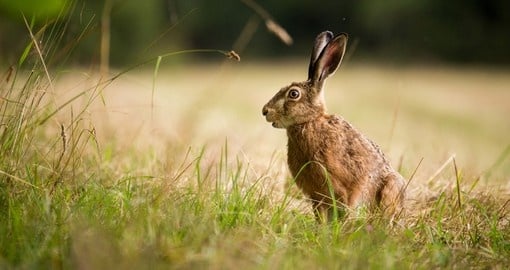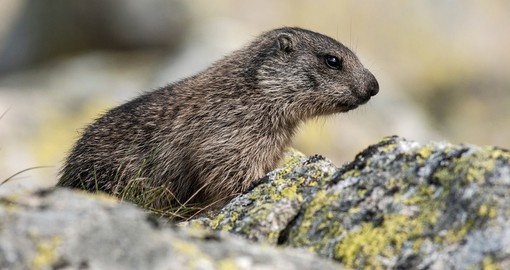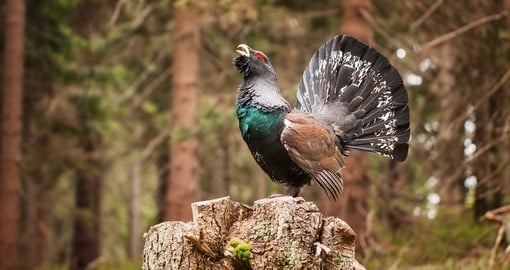Slovakia Nature and Wildlife
With more than 40% of the country covered in forests, Slovakia is one of Europe’s most forested countries. Slovakia is also home to the largest karst area in Central Europe which hosts more than 6,200 caves and chasms. There are nine national parks in the country, most of which centre around the mountain ranges, particularly those in the east. Popular national parks include High Tatras National Park (Vysoke Tatry), Low Tatras National Park (Nizke Tatry), Muran Plateau National Park (Muranska Planint) and Slovak Karst National Park (Slovensky Kras).
High Tatras National Park was established in 1949 and has become the country’s most well known and most visited national park. Located in North Central Slovakia, the park is home to the country’s highest peak, Gerlachovsky štít at 2,655m (8,711 ft). As a result of the mountains in the park, there are more than 600 km of hiking trails as well as skiing and guided mountain climbing. In 1993, the area became part of UNESCO Man and the Biosphere Program.
Low Tatras National Park is located in Central Slovakia and covers the whole Low Tatras mountain range. Designated in 1978, it is the country’s largest park. The largest peak in the Low Tatras mountain range is Dumbier at 2,043 m (7,063 ft). Within the park are ten nature reserves, six nature monuments, and five national monuments.
Muran Plateau National Park is one of the youngest in Slovakia and is located in the heart of the country. Approximately 90% of the park is covered in forests, making it one of the least touched parks in Slovakia. Muran Plateau is known for hosting more than 150 caves, many of which are inaccessible to the public. The park is also known for its incredible biodiversity including several endemic species.
Designated as a national park in 2002, Slovak Karst is the country’s youngest national park. The area’s protected status dates back to 1973, becoming the first Slovak biosphere reserve in 1977. The park is known for being the largest karst area in Europe. There are over 700 caves in this part of the country, 12 of which were inscribed on the UNESCO World Heritage List in 1995.
Get a Trip Quote Order a Brochure






